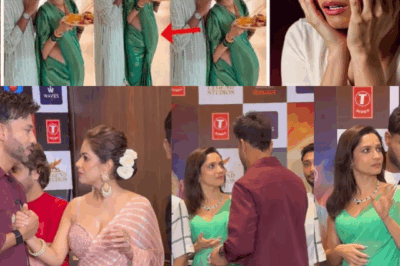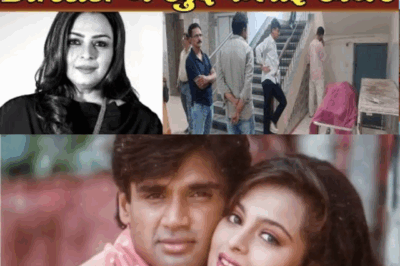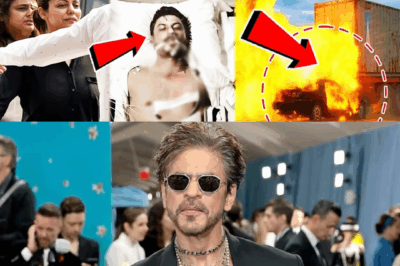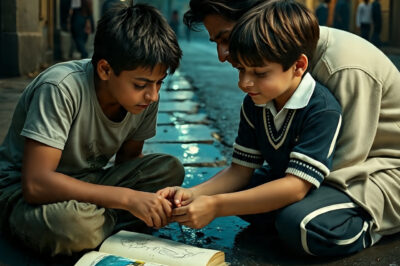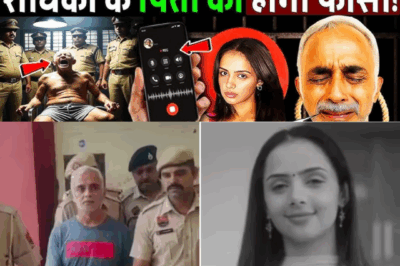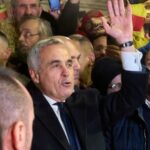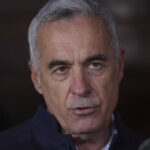They didn’t wear capes. They didn’t need cameras. But the moment their names were whispered, silence would follow. These were the men who turned cities into battlegrounds, police officers into targets, and entire neighborhoods into fortresses of fear. They weren’t just criminals—they were kings of the underworld. Ruthless, calculated, and dangerously charismatic.
This is not fiction. This is the story of India’s most feared gangsters—men who ruled the streets, defied the law, and in some twisted way, earned a place in history.
1. Dawood Ibrahim
The name that still sends chills. Dawood wasn’t just a gangster—he was an empire. Mastermind of the 1993 Mumbai blasts, his reach went far beyond India’s borders. With ties to drug trafficking, terrorism, and the D-Company network, Dawood became India’s most wanted fugitive. From Dubai to Karachi, his shadow looms even today. Despite countless operations, he remains elusive. The fear he instilled outlived his presence.
2. Chhota Rajan
Once Dawood’s trusted ally, Rajan turned enemy. Their fallout became one of the bloodiest chapters in Mumbai’s crime history. Chhota Rajan was not just a gangster—he was a man on a mission to destroy his former boss. Brutal, fearless, and extremely loyal to his circle, Rajan ruled with an iron fist until he was arrested in Bali in 2015. He now serves a life sentence, but his legacy still echoes through the underworld.
3. Arun Gawli
The gangster who turned politician. Gawli emerged from the chawls of Mumbai, making his way through extortion and contract killings. Known as “Daddy” in his stronghold of Dagdi Chawl, he inspired both loyalty and terror. He later entered politics, becoming an MLA. But behind the clean image remained a trail of blood, and he was eventually convicted of murder.
4. Haji Mastan
The original don. Before Dawood and Rajan, there was Haji Mastan—the suave smuggler who brought a touch of glamour to crime. Dressed in white, always calm, always composed, Mastan had deep links in Bollywood and politics. He never resorted to open violence like his successors but made millions through gold smuggling and hawala. He was the first to romanticize the image of a gangster in India.
5. Karim Lala
The man who ruled Mumbai before most of today’s dons were even born. Lala was involved in gambling, liquor, and extortion, and was considered a father figure to many upcoming gangsters—including Dawood. His influence reached police officers, politicians, and even Bollywood stars. He later became known for settling disputes rather than starting them—a gangster with old-school rules.
6. Manya Surve
Unlike most, Manya wasn’t born into crime—he was a college student who turned to violence after being falsely implicated in a case. What followed was a swift, ruthless rise. He brought organization to crime, forming one of Mumbai’s most efficient gangs. His life ended in a hail of bullets in 1982—the first official police encounter in Mumbai’s history. His story later inspired the film Shootout at Wadala.
7. Abu Salem
Once a driver for D-Company, Salem rose fast—and fell even faster. Accused of being involved in the 1993 blasts and the murder of music mogul Gulshan Kumar, Salem’s reach extended into Bollywood and extortion. He was finally arrested in Portugal and extradited to India. His links with Bollywood actresses and producers made him one of the most sensational gangsters of his time.
8. Ejaz Lakdawala
Another face of the modern underworld, Lakdawala operated across continents. From Canada to Thailand, his network spread through drug smuggling and extortion. Once aligned with Dawood, he later switched sides and survived multiple assassination attempts. After years on the run, he was arrested in Mumbai in 2020. But the fear he left behind still lingers in the crime files.
9. Papla Gujjar
From Rajasthan, this gangster rose not in the bustling cities, but from rural power struggles. Known for armed robberies and building a private militia, Papla escaped a high-security prison and operated openly across states. His capture took coordination across multiple forces. His story is less glamorized but no less terrifying.
10. Shabir Ibrahim
Often overshadowed by his younger brother Dawood, Shabir was the original muscle of the D-Company. His assassination in the early ’80s was what turned Dawood into a vengeful monster. Shabir’s legacy is woven into the very roots of Mumbai’s organized crime history. Without him, there may have never been a Dawood as we know today.
These men weren’t just gangsters—they were architects of fear. Each of them left behind more than crime scenes and police files. They changed cities. They rewrote how the underworld functioned. And they blurred the line between myth and reality.
But for every empire built on violence, there came a fall.
Some were gunned down. Some fled. Some became shadows. And a few tried to become something else—businessmen, politicians, celebrities in their own dark way.
Yet, even today, their names are spoken in hushed tones. Their photos appear on police boards, not magazine covers. But somehow, they became legends—cautionary tales of ambition, betrayal, and unchecked power.
In the end, they remind us that the real gangsters don’t always look like the movies. Sometimes, they walk among us—quiet, sharp, watching.
And their stories are far from over.
News
Ankita Lokhande’s Shocking Decision After Personal Tragedy: Is She Leaving Acting Forever?
When Stardom Meets Silence: Ankita Lokhande’s Quiet Exit from the Spotlight There are some stories that don’t begin with applause…
Shilpa Shirodkar’s Sudden Health Rumor Shocks Fans: What Did the Director Say?
A Storm of Lies: How Shilpa Shirodkar Became the Victim of Her Own Director’s Rumor It started like a spark,…
SRK’s ‘King’ Film Turns Nightmare: What Really Happened on Set?
The lights were blazing, the cameras ready. All eyes were on Bollywood’s undisputed king as he stepped onto the set…
Salman Khan and the Delivery Boy: A Midnight Encounter That Melted Hearts
It was close to midnight in Bandra, Mumbai. Salman Khan had just wrapped a grueling day on set. Exhausted, he…
Shah Rukh Khan and the Orphan Boy: A Heartwarming Encounter That Changed a Life
Among the dazzling lights of Mumbai and the glitz of Bollywood, there exists a moment no camera captured — yet…
What Did Radhika Say Before She Died? Police Zero In on Her Father After Phone Call Reveal
She was young. Bright. Full of dreams. But on that fateful evening, Radhika Yadav’s voice trembled on the phone—her final…
End of content
No more pages to load

